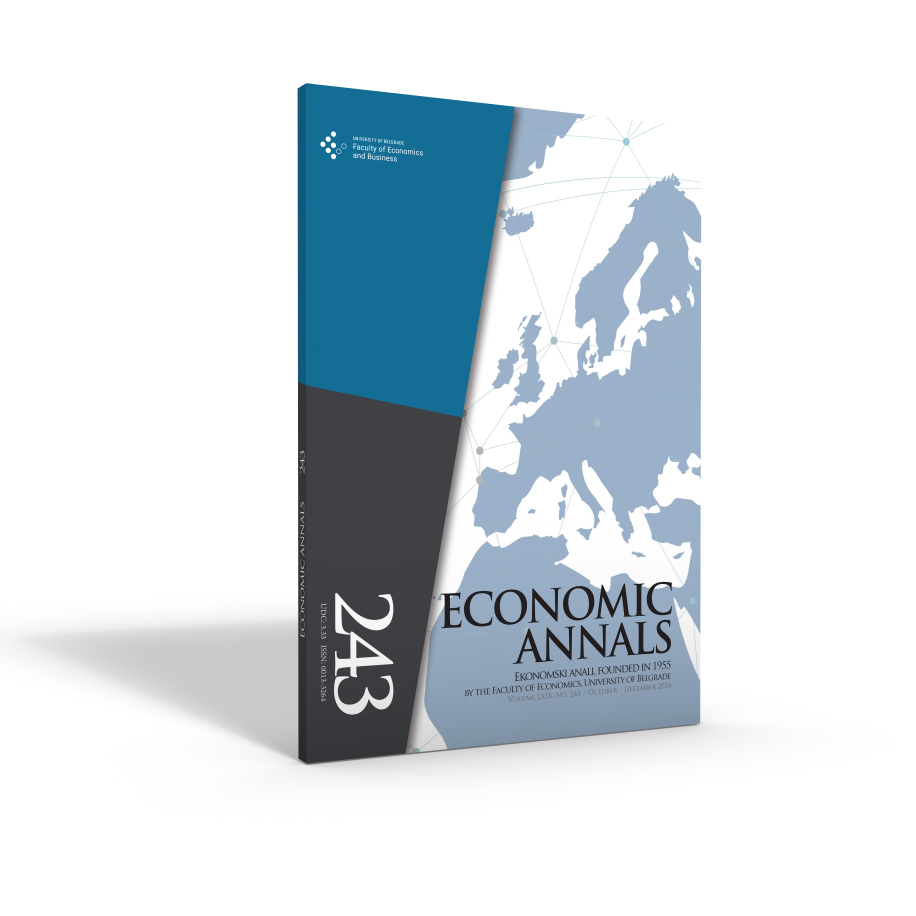BETWEEN GEOPOLITICS AND GEOECONOMICS – THE INFLUENCE OF FOREIGN DIRECT INVESTMENTS (FDI) ON THE ECONOMY OF SERBIA
##plugins.themes.bootstrap3.article.main##
##plugins.themes.bootstrap3.article.sidebar##
Neven Cvetičanin
Ivan Nikolić
Abstract
The subject of this analysis is foreign companies in Serbia, which are classified into six groups according to origin of capital. A survey of 28 companies with the largest share of gross value added (GVA) for Serbia was conducted. The research aimed to determine whether lowand medium-developed countries are able to develop when faced with conflicts and confrontations between large countries in the geopolitical and geoeconomic field using Serbia as a case study. A further goal of the research was to establish whether Serbia itself can record industrial growth in such conditions. The results presented cover a two-year period from the beginning of the Russian “special operation” in Ukraine, i.e. February 2022, to February 2024. The analysis showed that industrial production in Serbia has exhibited positive results in the last two years thanks to the participation of FDI from non-European companies. Two key data sources were used in the paper, namely Eurostat’s statistical databases and data from the Statistical Office of the Republic of Serbia.
##plugins.themes.bootstrap3.article.details##
geoeconomics, economic growth, Serbia, foreign direct investments (FDI), nearshoring
E22, F21, F50, P29

